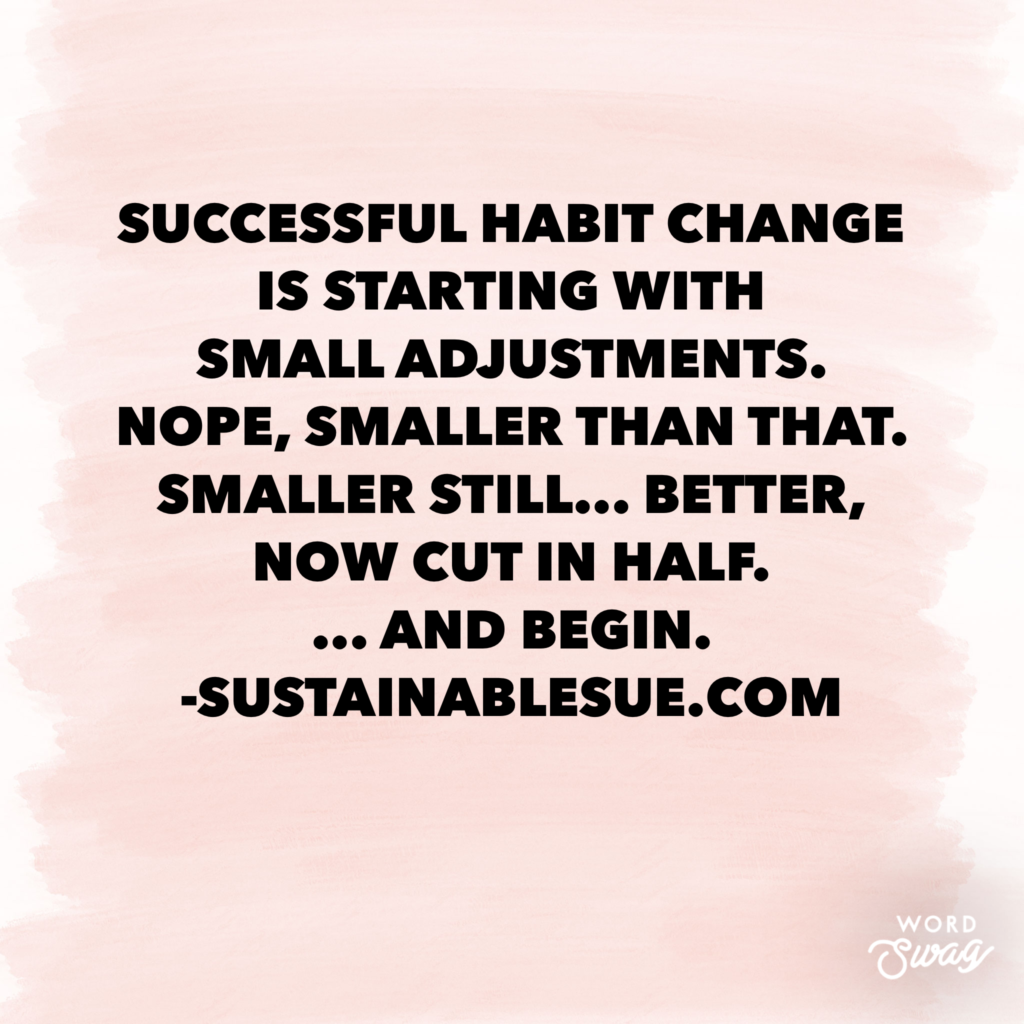Making Adjustments
It is ok to change your mind – that is what making adjustments is all about. Sometimes your well-crafted plan to live a Sustainably Productive life does not work. There could be several reasons for this.
- Schedules change
- Priorities change
- Minds change
Whatever the reason – making adjustments is OK. In fact, making adjustments is encouraged. That is part of the Continuous Improvement work that is in the Sustainable You coursework.
At the start of 2021, I set a goal to do 90 minutes of yoga each week. I applied Sustainable Productivity principles and broke it down to do a 30 minute YouTube video 3 times each week.
This was great for the first 3 months of the year. Once the weather started getting nicer, I wanted to be outside and on my bike more. Now that I am vaccinated, I want to join my regular in person hot yoga class (exercising in a 100 degree room with a mask on sounds like a dream, doesn’t it?!).
But what about the original goal I set for 90 minutes a week? If I do 1 class in studio each week that is only 60 minutes. 2 classes in studio does not fit my budget or schedule right now. The YouTube video is not as inviting since I would have to be inside.
Non-Sustainable Productivity solution: Throw out the whole plan.
Sustainable Productivity solution: Make adjustments using the Continuous Improvement steps.
Step 1 – Record the result
This is an easy one if you have been using the Sustainable You Habit Tracker. If I look back at the last 2 weeks, I have a big ZERO for yoga.

Photo by Scott Rodgerson on Unsplash
Step 2 – Why this result
This step can take some tough love. A tool that can help to get to the root cause of the result is the 5 Whys. Start with the high level question: Why did I skip yoga over the last 2 weeks.
- I wanted to garden and ride my bike instead. Then ask why again (2nd why): Why did I want to garden and bike instead?
- A desire to be outside. Then ask why again (3rd why): Why did I want to be outside?
- The weather has gotten so nice. Ask why again (4th why): Why did I want to be out in warmer weather?
- It is pretty this time of year, so much to look at and do. The last (5th) why: Why is this different from yoga?
- I am bored doing the same routine and need a change of scenery.
Once you get to that 5th question, you usually have a root cause that you can use to make your adjustment.
Step 3 – Adjustment
Throwing the baby out with the bathwater in not sustainable nor productive. Not doing yoga is not a productive way to improve my mental well-being or physical fitness. But continuing to “require” the 30-minute YouTube video 3 times per week is just going to make me crabby, which is not sustainable.
Enter the beauty of making adjustments. Here are a few that I am making for this week:
- 1 yoga class in studio
- 2 bike rides
- Garden on breaks from work
Next weekend I can repeat these Continuous Improvement steps and see if any more adjustments need to be made.
Permission Slip
I can hear you thinking (or perhaps yelling at me through your device screen): BUT YOU SET A GOAL FOR THE YEAR FOR 90 MINUTES!!!
That is true. And you know what else is true? It is ok to change your mind.
If you go to the core of your WHY, then you can be true to your intention of creating a life you don’t want to numb out and escape from. HOW you create that life can change as you make adjustments.
Consider this post a permission slip to change your mind.
I want to create a life I don’t need to escape by calming my monkey mind and being physically active to reduce physical aches and pains. I can do that through yoga or time in the garden or in the bike saddle – or a combination of all three!
Your Turn
What isn’t working with your habits? What small adjustments can you make? I encourage you to try the 5 Why’s exercise to try to get to the root of the issue. If you need help walking through this or the Continuous Improvement steps, I would love to talk it through with you.
















